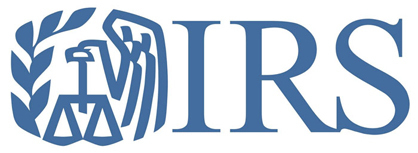 February | VOLUME #138

The Alaska retirement plans are qualified by the Internal Revenue
Service (IRS) as tax-preferred plans and must follow IRS tax rules. Under Code
Section 401(a)(36), normal retirement age is set at age 62. Retirees receiving
a reduced or unreduced retirement benefit who are under the age of 62 are
considered by the IRS to have retired early.
To avoid tax penalties to the
individual member, retirees under age 62 must have a true termination of
employment and certify at the time they retire that there is no prearrangement
for continued employment with the employer immediately after retirement. In
private letter ruling 201147038 for another plan, the IRS determined, “an
employee legitimately retires when he stops performing service for the employer
and there is not the explicit understanding between the employer and the
employee that upon retirement the employee will immediately return to service
with the employer.”
For members retiring who are under age 62, employers must
be sure there is a valid termination of employment and no prearrangement for
continued employment at the time of retirement. The IRS has recommended a
12-month break from employment as a demonstration of a valid termination. Currently, retirees who have been deemed as not having a valid termination and
who are under age 59 ½ are subject to an early withdrawal penalty on each
pension check until they reach age 59 1/2.
We anticipate adoption of the
new Treasury regulations by the IRS within the next few months and will
providing additional information at that time.

The Internal Revenue Service, state
tax agencies and the tax industry issued an urgent alert on February 3, 2017 to all employers that the Form W-2 email phishing scam has evolved beyond the
corporate world and is spreading to other sectors, including school districts, tribal organizations and nonprofits.
In a related development, the W-2
scammers are coupling their efforts to steal employee W-2 information with an
older scheme on wire transfers that is victimizing some organizations twice.
“This is one of the most dangerous email phishing scams we’ve seen in a long
time. It can result in the large-scale theft of sensitive data that criminals can
use to commit various crimes, including filing fraudulent tax returns. We need
everyone’s help to turn the tide against this scheme,’’ said IRS Commissioner
John Koskinen.
Please read the full text of this IRS Federal, State and Local Government article and their security tips.
Back to Top
|